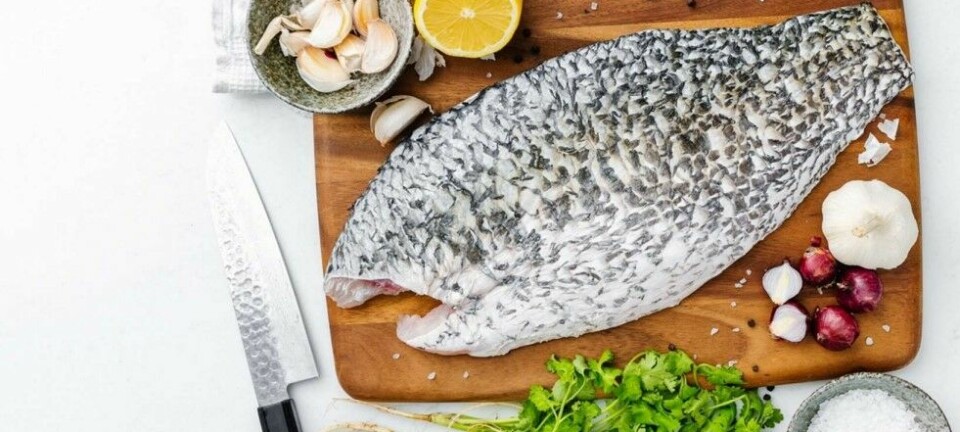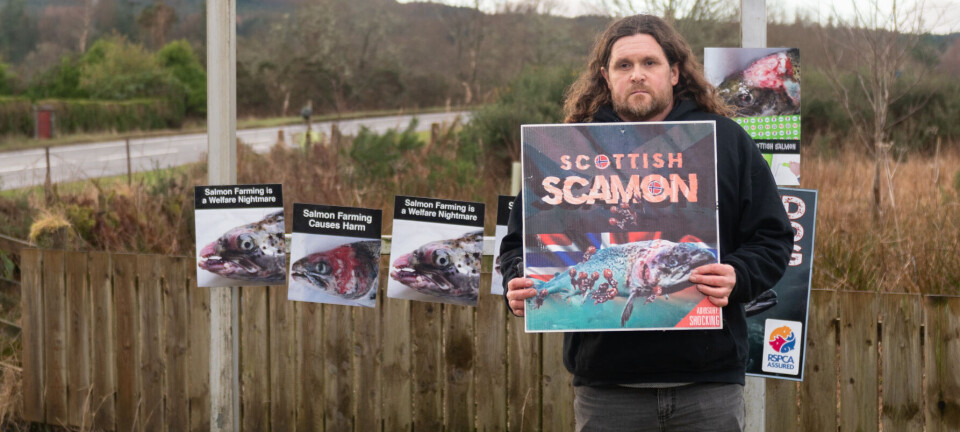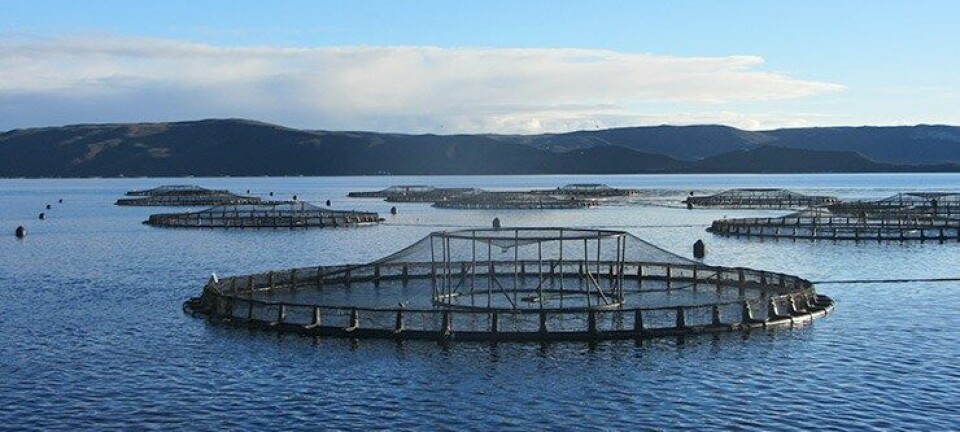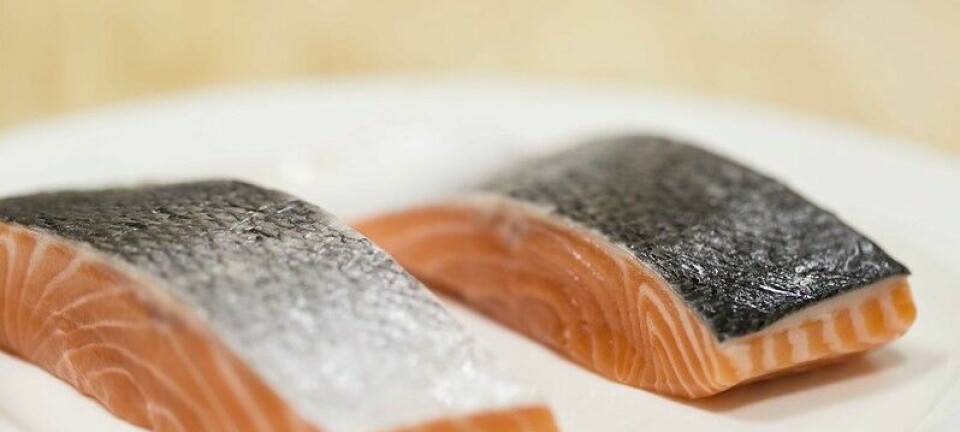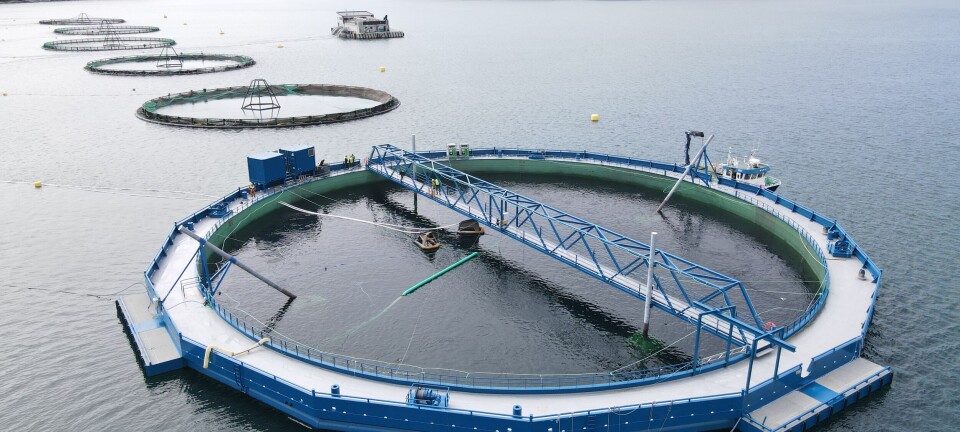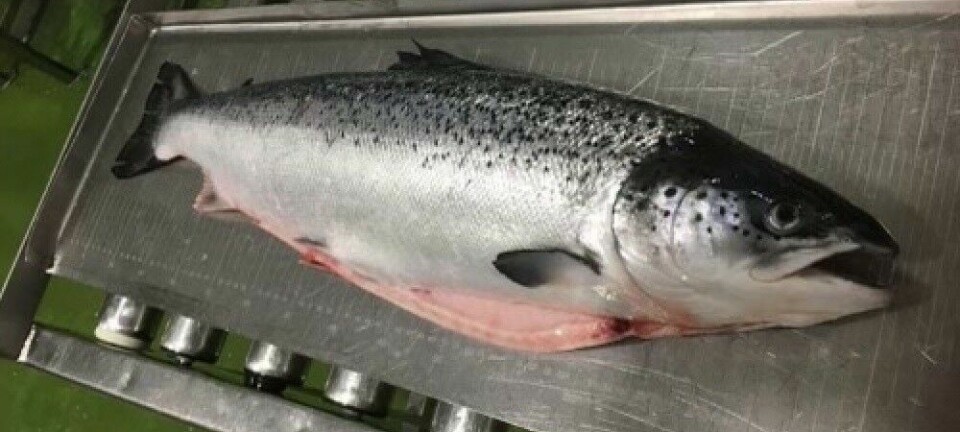Northern Norway fish farmers to start DNA tracing of farmed fish
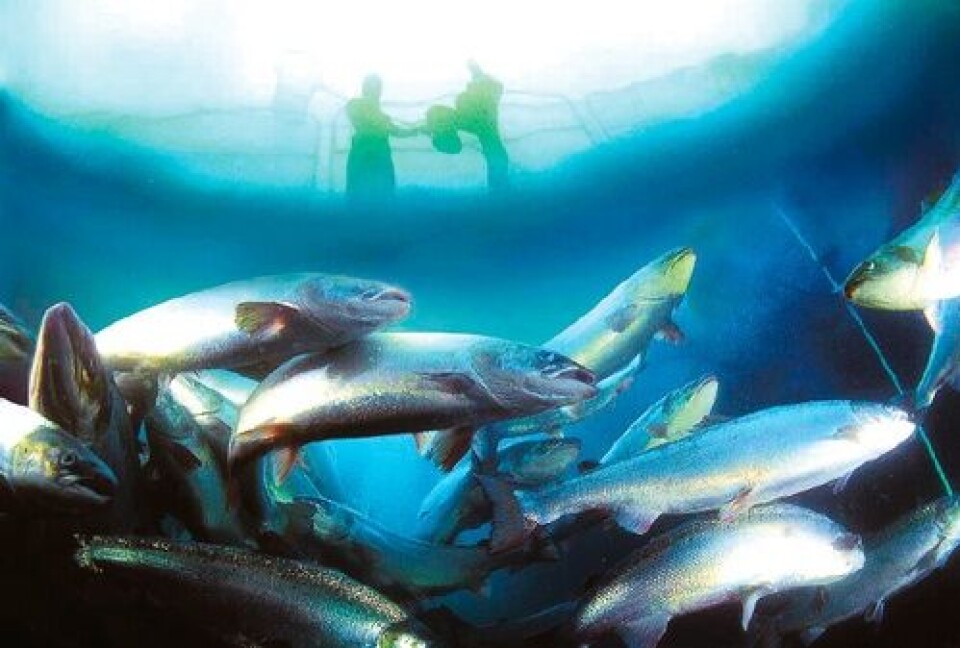
The three companies are pleased that they can begin immediately with the tracing of separate fish stocks. The method being used will also be available for other farming companies that may wish to participate. This method makes it possible to determine the company responsible for fish that have escaped from their facility. In the event of an escape incident in our production areas, suspicious fish could always be checked against a parent database and confirm or deny whether they originate from our companies, says Cermaq’s CEO Jon Hindar. The technologies that will be used for DNA tracing were originally developed for medicinal use and have long been used for paternity testing, as well as investigation of biological evidence in criminal cases. AquaGen will be responsible for biopsy sampling and logistics associated with brood fish and eggs and CIGENE will analyse samples using what is called a SNP analysis where a minimum of 10,000 gene markers are used simultaneously. - This is a powerful tool that has been developed by researchers in AquaGen and CIGENE and that will give reliable answers concerning escaped fish using information from parents in the database, says professor Sigbjørn Lien at CIGENE. Starting with the next egg-season tissue samples will be taken from all parents of eggs that will be delivered as of October 2014 - DNA tracing can distinguish between farmed and wild salmon and can give reliable information on the origin of both ”wandering” wild salmon and descendants of escaped farmed salmon DNA tracing will be a method in addition to tracing using mineral deposition in scales, and strengthen the contingency plans across the industry to deal with the possibility of an escape event, says the technical director of AquaGen, Nina Santi. A positive aspect of this solution is that family groups of fish kept on a production site and individual fish can be traced throughout the whole supply chain. - Control of eggs and smolts will now be organised so that tracing of fish based on their DNA to provide a direct link to fish farmers that are participating in the scheme, states Jon Hindar. The first farmed salmon that will be traceable using this method will hatch in the winter of 2014/15 and be transferred to sea in the autumn of 2015. The companies Cermaq, Nordlaks and Nova Sea have a combined annual production of ca. 150 000 tonnes.

